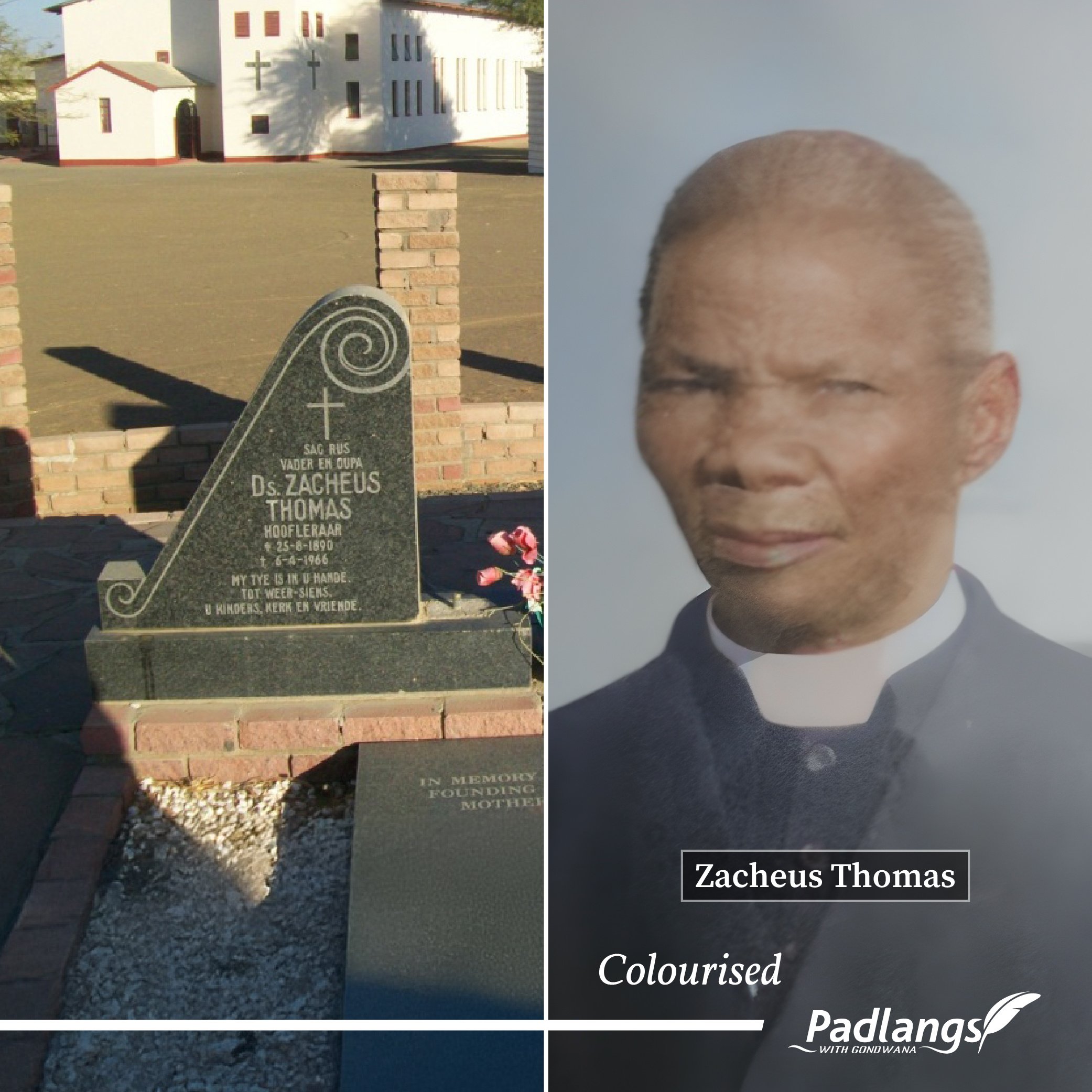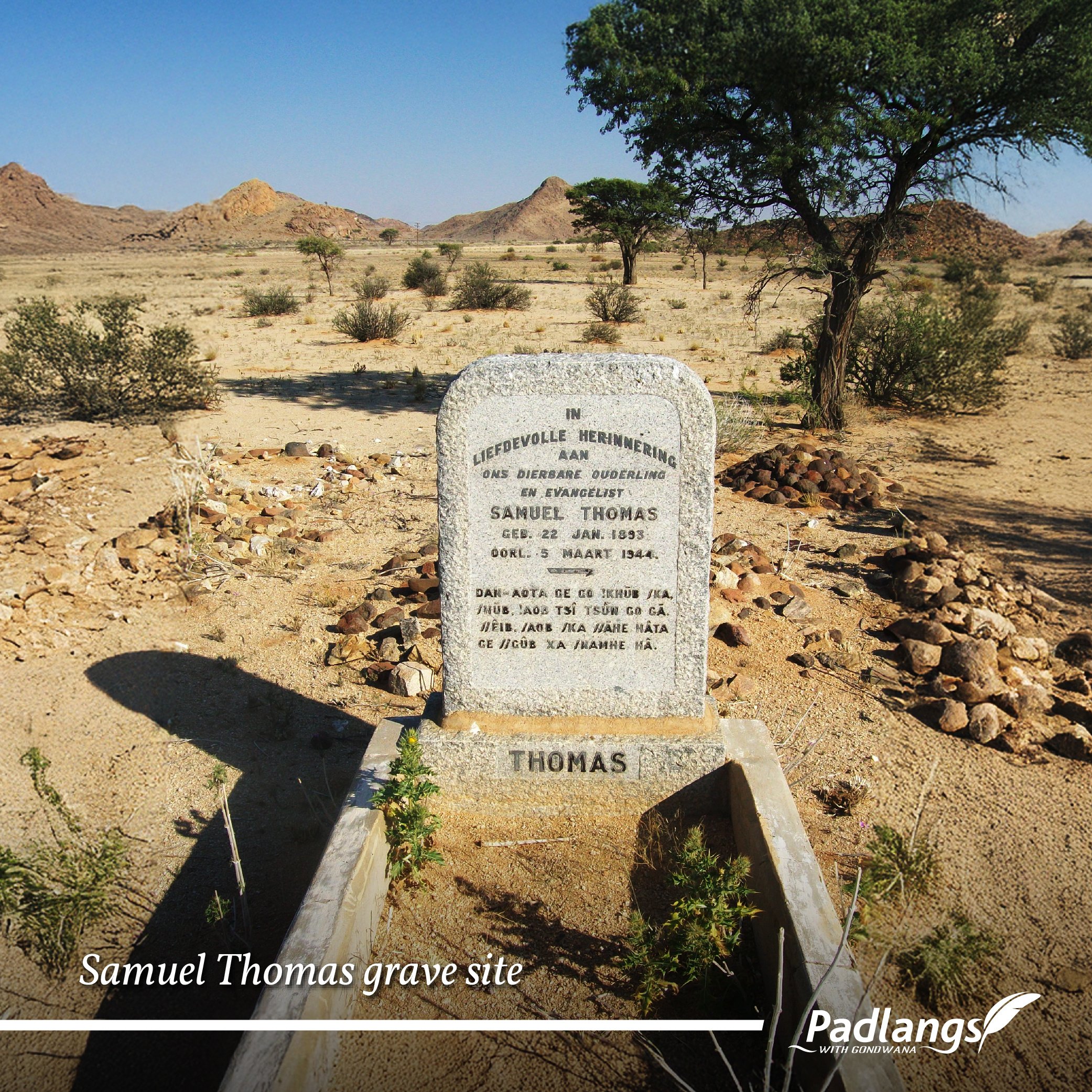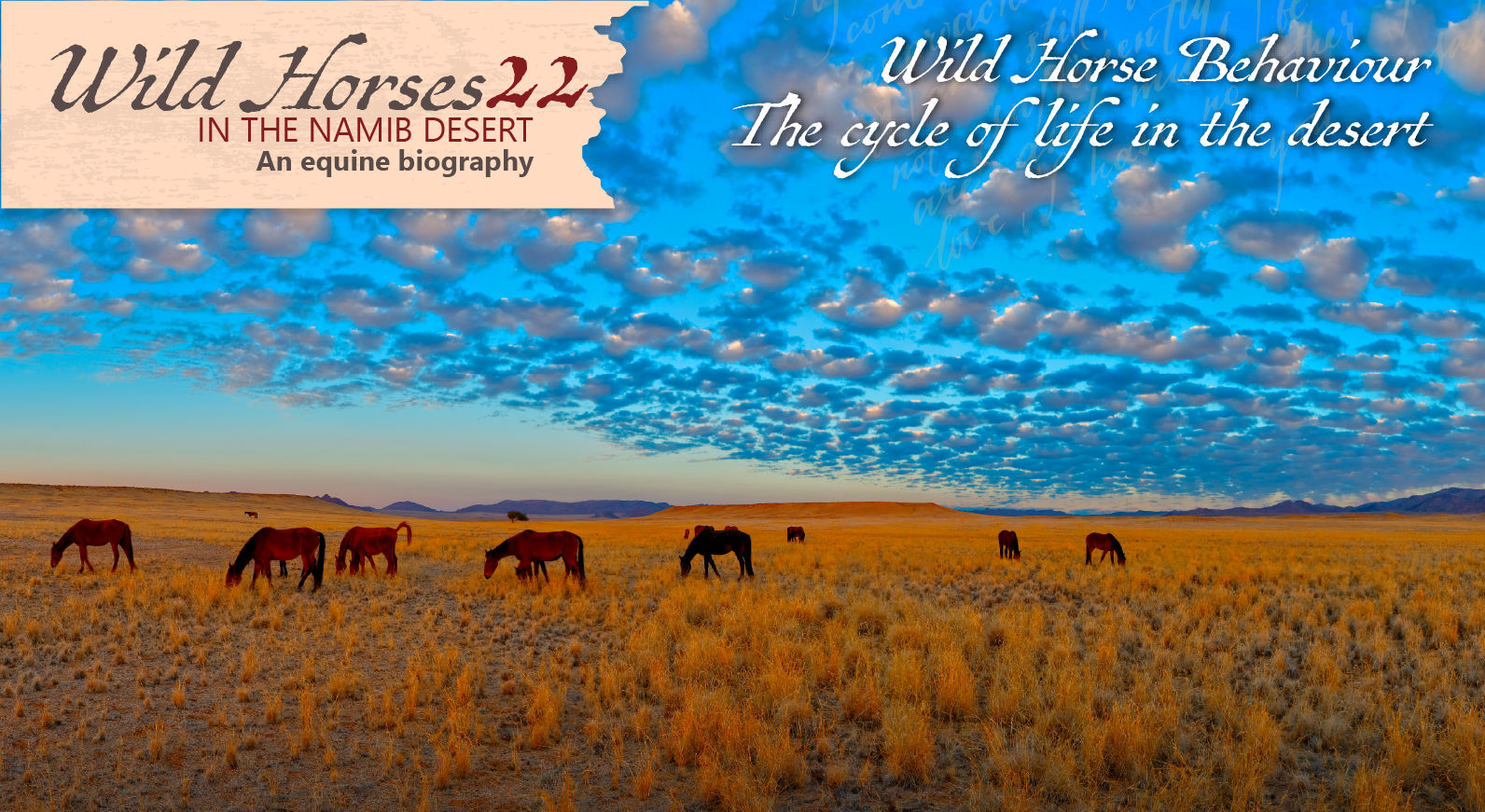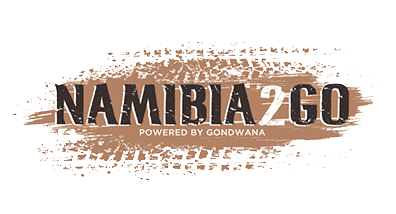Set in southern Namibia, Great Namaqualand, ‘Bittersweet Karas Home’ is the story of three families, the Hills, Walsers & Hartungs, whose lives merge and intertwine in a semi-arid land that presents both hardship and blessings. Over the next few months, we would like to share this bittersweet saga with you from the (as yet) unpublished book.
CHAPTER ONE (cont . . .)
Klein Karas school and mission
Susanna Rosina Hill had close links to the Rhenish Mission in Keetmanshoop and especially to the Fenchels. After her husband’s death, she moved closer to her Steinkopf past by establishing ties with the Keetmanshoop mission. Her father had welcomed the first Rhenish missionaries in Cape Town in 1829. Many Steinkopf residents had migrated from Great Namaqualand to Keetmanshoop in the late nineteenth century, among them members of the Wimmer and Hein families. Two of Susanna Rosina’s nephews, Michael Wimmer and Frederick Hein, became church elders and were trained in the evangelist school in Keetmanshoop founded by Fenchel in 1885. In 1893 Jan Wimmer, another relative, also became an elder.

Susanna Rosina and the missionary Heinrich Friedrich Rust, Fenchel’s successor, established Klein Karas as a branch of the Keetmanshoop mission on Hill territory. This allowed Susanna Rosina to return to the work of her Steinkopf mission days and find a fulfilment that had been lacking in the latter years of her life.
In the twenty-five years of its existence, Klein Karas Rhenish Mission Station was synonymous with a man called Zacheus Thomas (born on 28 August 1890), its charismatic teacher. Zacheus Thomas was a third-generation evangelist. His grandfather, Johannes Thomas, who had Khoi and Madagascan slave ancestry, had come from south of the Orange River and worked as evangelist and interpreter in Keetmanshoop from 1867 to 1896. His son, Abraham Thomas, was an evangelist, interpreter and bricklayer, erecting the stately Keetmanshoop church. Abraham’s sons, Samuel and Zacheus, followed in their forefathers’ footsteps.
Evangelists were, according to the missionaries’ reports, their right-hand men. They were multi-linguists like Zacheus Thomas, who mastered the Nama, Afrikaans, German and English languages. They were also representatives of their specific language group. Mission policy was to preach and teach in mother tongues and indigenous evangelists were valued.
German missionaries controlled mission money. Zacheus Thomas lived off his congregation’s (infrequent) donations of goats at Klein Karas. Later on, he received a monthly salary of £4 ½ from the Education Department in Windhoek. He was autonomous in the day to day running of the church and school but was monitored by inspectors, who had the right to terminate his employment at any time if they suspected misconduct.

After the South African annexation of South West Africa, evangelist-teachers were in the employ of the Education Department in Windhoek, which offered professional training and supplied school materials but demanded solid school buildings. Roland Hill’s blacksmith workshop had been used as a chapel, a very draughty and cold one at that, and a ‘hartbeeshuis’ (a simple clay and thatch home) served as the school. As the construction of the school promised by Roland Hill progressed slowly, teacher, pupils and parents united to erect an attractive brick building.
At times, the Klein Karas congregation decreased due to the problematic nature of farm ownership. The Hills, whether it was Roland Hill or his shop-owner nephew, Ivan Örtendahl, were supportive, but when farmland was sold and the threat of eviction from Tsawisis increased, the future of the mission station was no longer guaranteed. Because of this uncertainty, and after his brother’s death in 1944, Zacheus was persuaded to leave Klein Karas to take up a position in Keetmanshoop. Casting a final glance over his shoulder at the Klein Karas Mountains, Zacheus left with mixed feelings. He had passed on knowledge and skills to two generations of pupils.
When Zacheus Thomas moved to Keetmanshoop, he was thrown into the middle of a church rebellion. The Rhenish Mission had been cut off from its mother church during World War II. Heinrich Vedder, the head of the Rhenish Mission, wanted to solve the problem by affiliating the Rhenish Mission with South Africa’s Dutch Reformed Church (Nederduits Gereformeerde Kerk), which had formulated a theology of segregation even before the National Party’s victory in South Africa in 1948. Not surprisingly, Nama evangelists and church elders left the mission church and founded the Namibian African Methodist Episcopal Church (AME) in 1946. It had its roots in the African American Christianity of the USA and in the South African Ethiopian churches that had re-established a link to an African Christianity, one that was much older than the missionaries’ European Christianity.
Zacheus Thomas became the first indigenous pastor to be ordained, and also the first presiding elder. The special link between Thomas’s mission and the Hill family was confirmed when CP Hill, the wife of a Hill descendant, became a reverend of the church in Keetmanshoop.

(Join us every Sunday to take a step back in time and follow the interesting, sometimes sweet, sometimes heart-wrenching tale.)


.jpg)
.jpg)





.png)

SUBMIT YOUR COMMENT